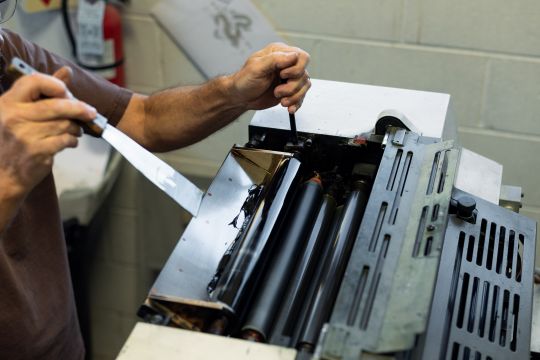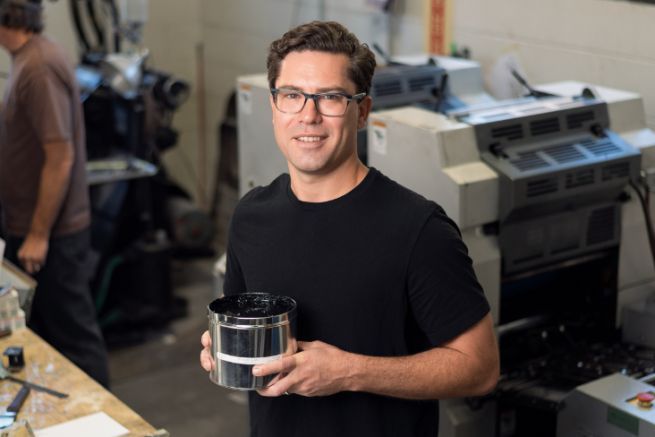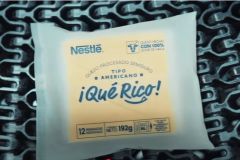In 2016, we presented you with a special ink created by chance by two Americans: an algae-based ink that gradually reveals itself, after a few days, thanks to light (read Living Ink, the algae-based ink that doesn't reveal itself immediately ). The inventors, Scott Fulbright and Steve Albers, created the Living Ink company to market a pen with this ink. Since then, the two founders have considerably developed their initial idea: far from being a gadget object, they now offer Algae Ink, a black printing ink, immediately visible, and announced as the first ink with a negative carbon balance and the first ink whose pigments are biosourced.
Algae to replace carbon black in printing inks
This would make it the most durable ink in the world. For while some manufacturers have replaced the hydrocarbon vehicle in traditional inks with more environmentally friendly components such as water or vegetable oils, so far none have been able to avoid the presence of fossil fuel-based pigments (about 20% of the ink). Living Ink has succeeded in doing this thanks to algae.
Algae Ink is made from the by-products of algae grown by a Californian company. The algae, spirulina, are cultivated for their blue dye, called phycocyanin, which is extracted and used as a food colouring agent. And this is the remaining material that Living Ink uses as a black pigment. This pigment is produced as a dry powder and a liquid pigment. It is used in Algae Ink, but it can also be used to colour plastics, cosmetics and textile products. In printing ink, it replaces carbon black, which is derived from heavy oil.
Algae Ink, a printing ink with a negative carbon footprint
Produced on a large scale, algae black pigments are carbon negative because when algae grow, they absorb atmospheric carbon dioxide and the ink captures this carbon in the black pigment.
"45 pounds of Algae Ink that we produce (or about 20.4 kg) avoid the use of 22.5 pounds of crude oil (or 10.2 kg)", says Scott Fulbright, CEO and co-founder of Living Ink.
Greener printing in offset, flexo and screen printing','www.printindustry.news/search/serigraphy');" class="lien-auto-article" href="https://www.printindustry.news/search/serigraphy">screen printing
The Algae Ink currently exists only in black. "However, our black is as black as traditional carbon black, yet resistant to degradation by UV light (i.e. it does not fade)" says its creator.

Algae Ink is available in water-based flexographic ink for polymaterials and cardboard, vegetable-based offset ink for uncoated and coated paper, water-based screen printing','www.printindustry.news/search/serigraphy');" class="lien-auto-article" href="https://www.printindustry.news/search/serigraphy">screen printing ink for textiles and for paper and cardboard. It can be used as a conventional ink on traditional machines.
Algae Ink offset contains 86% biorenewable components and Algae Ink flexo more than 90%.
Launched in 2019, the Algae Ink is now regularly used by Colorado-based Ecoenclose Printing to print packaging and by Colorado-based D&K Printing to produce magazines, brochures, books (such as the Boulder Guide Book) and business cards.
The product is distributed directly by Living Ink worldwide.













